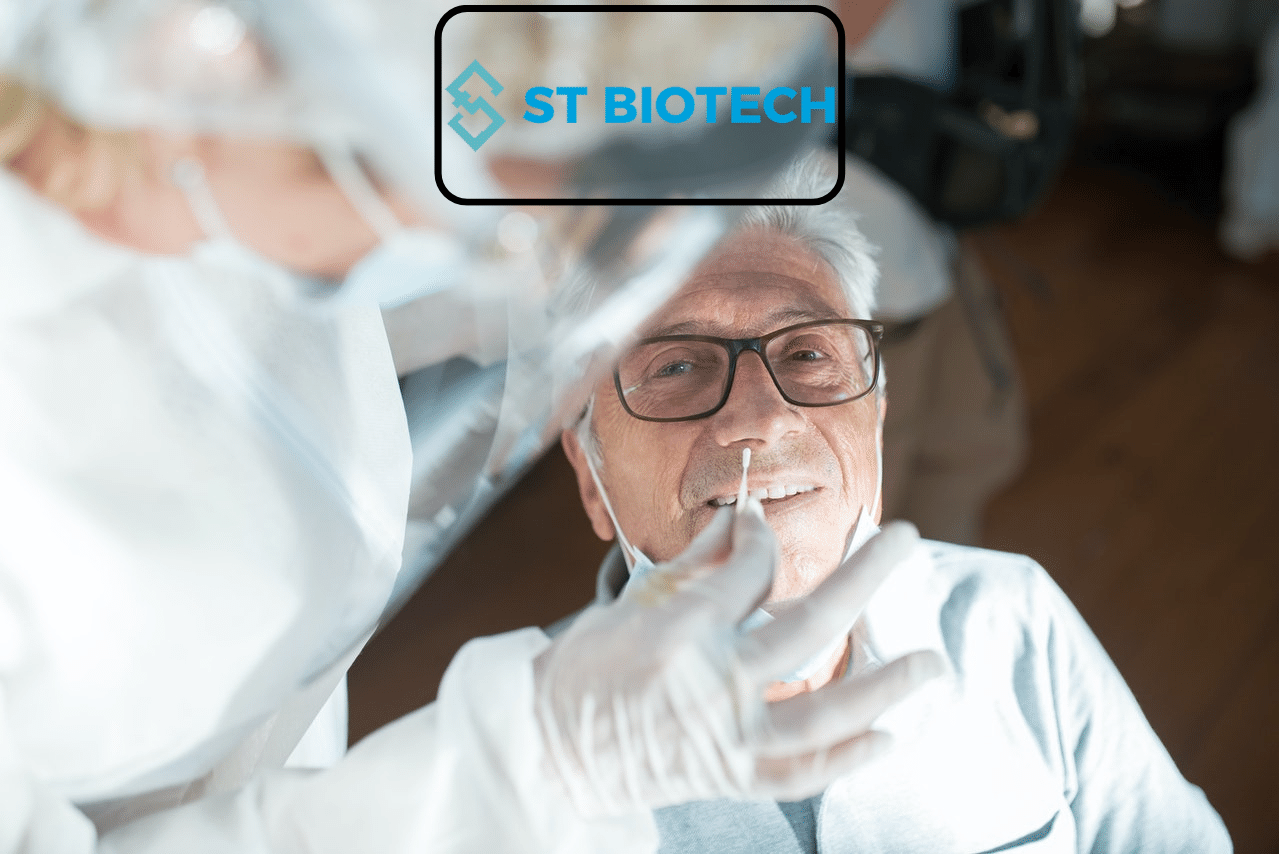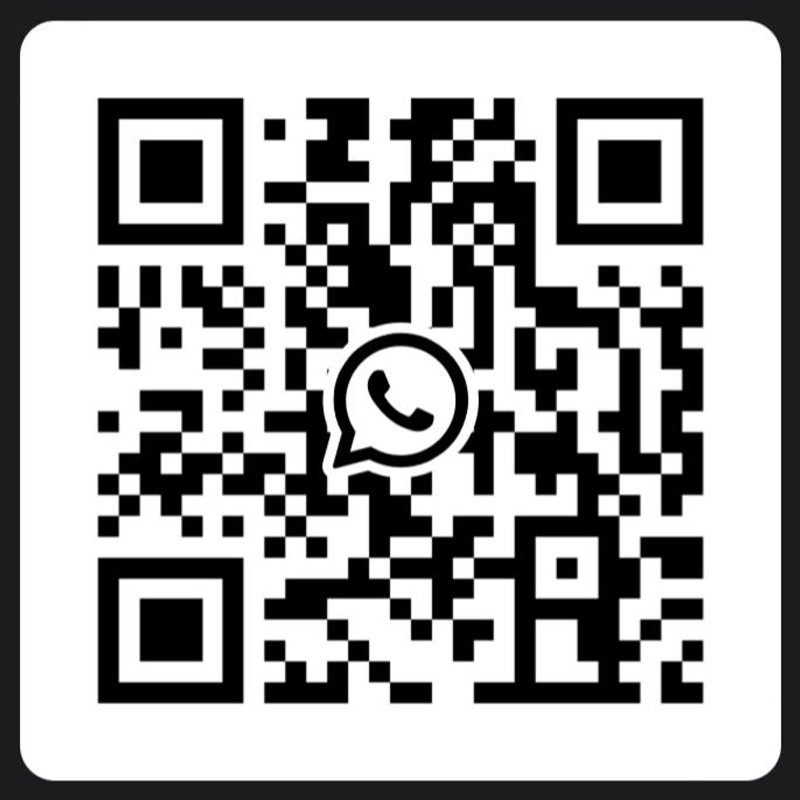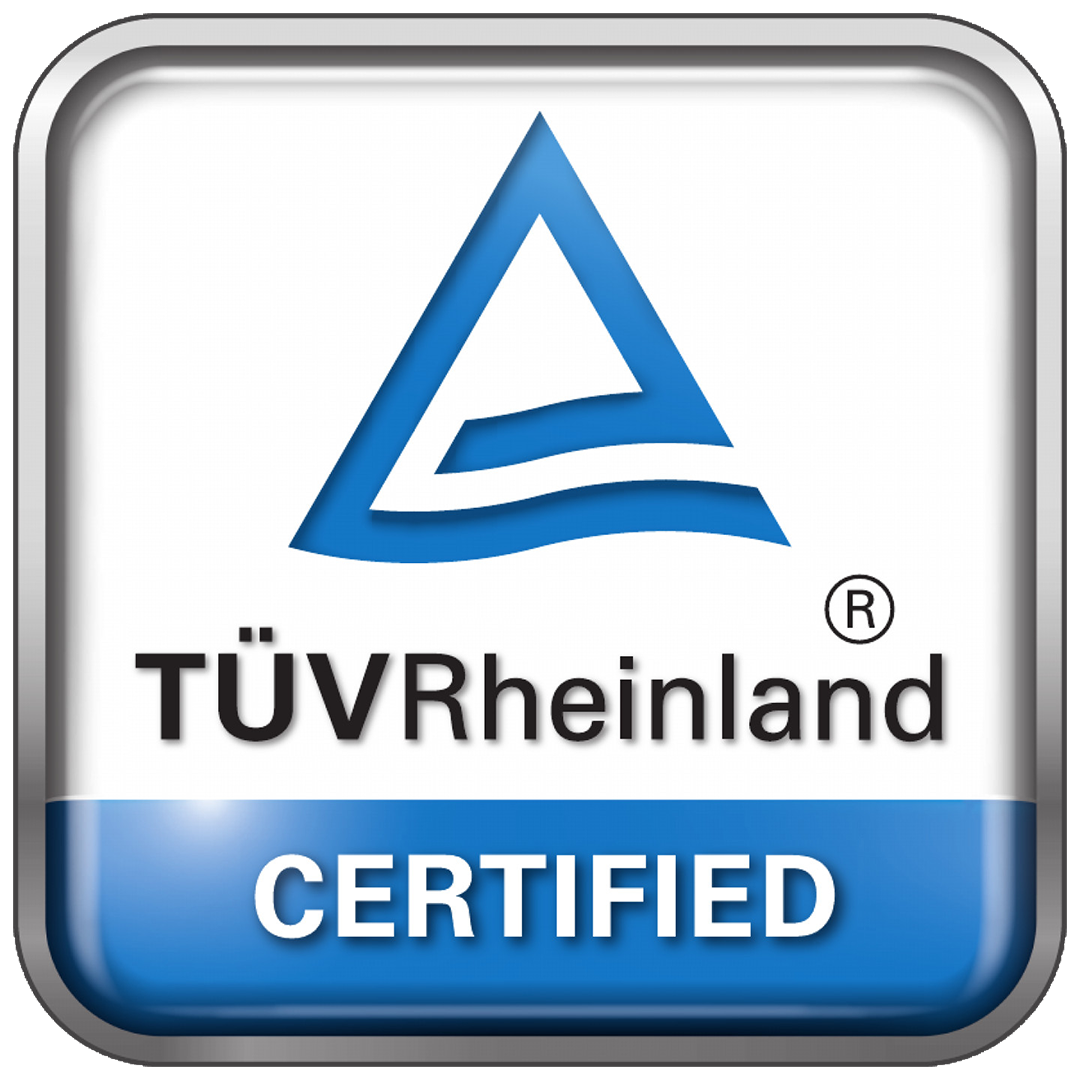Because of their ease and quick turnaround time, people are increasingly turning to at-home rapid nasal swab COVID tests. It would help if you swabbed your nose correctly to reduce the probability of error and the possibility of a false-negative result. The directions for these at-home tests might be complicated to follow.
When swabbing your nose for COVID-19 tests at home, here are some things to bear in mind.
When should you consider utilizing a self-test?
If you have COVID-19 symptoms or if you have been exposed to or may have been exposed to an individual who has COVID-19, you should consider using a self-test.
You should consider taking a self nasal swab test before meeting inside with others, even if you are not experiencing symptoms and have not been exposed to a person who has COVID-19. This test will tell you whether or not you are likely to spread the virus that causes COVID-19. This is extremely vital to do before congregating with unvaccinated children or adults, the elderly, those who are immunocompromised, or those who are at risk of contracting a serious disease.
What Kind of Specimen Should You Gather covid-nasal swab test?
It is necessary to get a high-quality sample to obtain accurate results. Because the test is intended to pick up specific proteins from the virus, it is essential to swab the cells inside your nasal passages.
When doing a Covid nasal swab test, you’re looking for a virus that’s actively spreading. To replicate themselves, viruses must get entry into your cells. Upon entering, they produce many copies of themselves before bursting open and infecting other cells. In order to determine whether or not a virus is multiplying in your nose, you swab it.
Suppose a quick antigen test takes a nasal swab. In that case, it’s recommended not to collect a specimen from any other part of your body other than your nose, such as your throat, unless absolutely necessary.
The accuracy of the test is only as good as the quality of the sample you provide, so carefully follow the manufacturer’s instructions for using a nose swab.
While it is acceptable to have a cold and have mucus collected on the collecting tip of the swab, your primary focus should remain on the cells of the nasal walls. This nasal swab covid test does not care if you get “snot” on the cotton swab; instead, it is concerned with determining whether the virus is actively multiplying in the cells of your nose. Make sure to blow your nose before you start so that you don’t gather any old proteins hiding in your mucus.
The use of blood has been linked to incorrect results in several studies, so it’s preferable to avoid using it wherever feasible.
How to conduct a self nasal covid test?
A step-by-step approach to conducting an at-home investigation A fast antigen test for COVID-19 has been developed.
- Hands should be washed thoroughly with warm water and soap for at least 30 seconds before eating.
- Two tests are included in the set. Each kit consists of three main components: a collection swab, a test strip, and a small solution vial. Place them all on a clean surface to avoid smudging.
- In each nostril, insert the collecting swab five times against the inner wall of the nose, spinning it five times each time. The swab should be inserted into the nostrils at 12 to 34% of an inch depth.
- The bottom of the vial of liquid should be tapped three times against a hard surface.
- Open the big top and insert the swab into the vial. Stir the swab 15 times to ensure that it is well saturated.
- As you draw the swab out of the vial, squeeze the sides of the bottle against the swab. After that, replace the cap on the vial.
- Remove the test strip from its packaging.
- Using the smaller, top cap on the vial of liquid, dispense three drops of your sample into the strip’s collection area.
- Set a 15-minute timer for yourself. During this period, do not disturb the test strip in any way.
- Take a look at your test.
What Happens If You Don’t Swab Correctly?
A nasal swab might be painful, but it must be done correctly for the test to yield relevant results. The dangers of not doing the test correctly nearly invariably result in a false negative result. It’s possible that you’re contagious and putting others at risk.
As a last resort, if you are concerned about the accuracy of the result, you could try performing the test again over the next few days. This is because your viral load may grow over a few days.
If your nasal swab test was positive, what should you do now?
If you are at risk of developing a severe condition as a result of COVID-19 infection, you should contact your healthcare provider immediately to discuss the treatment options available to you.
People over the age of 65 and those with specific medical conditions are more prone than the general population to get severely ill and require hospitalization, especially if they have not received their vaccinations. Please review your medical records to determine whether you have any medical issues that put you at greater risk for developing a severe disease such as cancer. Contact your healthcare provider if you have any queries or are unsure about your risk. – If you experience or develop serious symptoms, such as difficulty breathing, you should seek medical attention immediately.
You will be required to stay at home and isolate yourself from other people for 10 days in order to ensure that you do not spread the disease to others.
Inform your close friends and family members that they may have been exposed. Two days before you feel any symptoms or test positive for COVID-19, you can begin distributing the virus to others. By informing your close contacts that they may have been exposed, you are contributing to the overall protection of the community.
Your test was negative; what does that mean?
Positive test results indicate that the virus that causes COVID-19 was not detected, and you may be at lesser risk of transmitting the disease to others as a result. If you took the test while experiencing symptoms and followed all instructions correctly, a negative result indicates that your present sickness is unlikely to be caused by COVID-19. At the same time, it does not rule out the possibility that you are infected with the virus.
If you have COVID-19, you may receive a negative response on a test. A false negative is what is referred to as this. If the specimen was collected too early in your infection, you could possibly test negative. The risk of testing positive later in your disease increases in this situation.
If you exhibit symptoms of COVID-19, consider getting tested at a testing site or repeating testing with a self-test in a day or two. If you have been exposed to someone who has COVID-19 or if COVID-19 is prevalent in your neighborhood, you must repeat the test.
How many times need you to repeat your self-testing procedure?
Some self-tests are intended to be repeated multiple times. When a person tests oneself for COVID-19 many times (also known as serial testing), or regularly, such as every few days, this is referred to as repeated (or serial) self-testing. The increased testing frequency may help discover the virus that causes COVID-19 more immediately, which may help decrease the spread of the illness. Some self-tests provide guidelines for repeat testing, such as the number of days between tests, which can be found in the directions section. You must carefully study and follow the directions for every test you take, regardless of which one it is.




